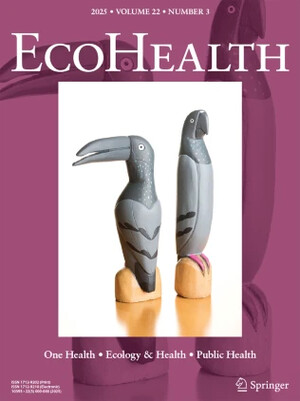
Prevalence of epilepsy, human cysticercosis, and porcine cysticercosis in western Kenya
Abstract
Cysticercosis is the leading cause of acquired epilepsy worldwide and has been shown to be highly prevalent in pig populations in western Kenya. We conducted a community-based door-to-door survey in a region of western Kenya with a high proportion of pig-keeping households. Persons with epilepsy (PWE) were determined using a screening questionnaire followed by a neurologist evaluation. Cysticercosis serum apDia antigen ELISAs and Western blot for LLGP and rT24h antigen were performed on all PWE and 2% of screen-negative patients. All PWE or people with positive apDia underwent contrast-enhanced brain computed tomography (CT). Of a sample of 810 village residents, 660 (81%) were present in the homestead, of whom 648 (98%) participated. Of these, 17 were confirmed to have lifetime epilepsy, an estimated crude prevalence of 2.6%. No humans with (N = 17) or without (N = 12) epilepsy had serological evidence of cysticercosis infection. Fourteen PWE and one individual with borderline positive apDia antigen ELISA underwent brain CT; none had radiographic findings consistent with neurocysticercosis. Nearly 30% of households kept pigs, with 69% always tethered in both wet and dry seasons. More than 8% (6/72) of pigs had palpable lingual cysts; these pigs all originated from homesteads with latrines, one-third of which were free-ranging at least some of the time. Epilepsy prevalence in our study was greater than the national prevalence, but we found no individuals with epilepsy attributable to cysticercosis. Additional studies are required to identify causes of epilepsy, human and porcine cysticercosis, the role of spatial clustering, and protective factors like host-pathogen immunity.
Citation
Diaz, M.M., Sokhi, D., Noh, J., Ngugi, A.K., Minja, F.J., Reddi, P., Fèvre, E.M. and Meyer, A.-C.L. 2022. Prevalence of epilepsy, human cysticercosis, and porcine cysticercosis in western Kenya. American Journal of Tropical Medicine and Hygiene 106(5): 1450–1455.









